I’ve discovered a little gem of a DIY television show, Animal Planet’s Treehouse Masters.
Now in its second season, Treehouse Masters is hosted by building visionary and “tree whisperer” Pete Nelson, a really likable everyman with a passion for trees. Pete comes from neighboring Washington state, where he and his wife, Judy, and daughter, Emily, own and operate Treehouse Point, a bed-and-breakfast near Seattle that boasts six guest-room treehouses. (You can also visit the property by taking a 1 1/2-hour guided tour of all the non-occupied treehouses on the property for just $18.)

Pete Nelson has been building treehouses for 20 years, starting with the one his dad helped him build when he was just 5 years old. Pete’s company, Nelson Treehouse & Supply, has now built over 200 treehouses in 6 countries. Treehouse Masters follows Pete and his lovable crew, including his twin 20-something sons, as they create “private escapes for those with a passion to reconnect with nature and awaken their inner child.” But if you think Pete’s treehouses are just for kids, think again. Some of Pete’s creations are self-contained living spaces including bedrooms, kitchens, and bathrooms. If you can dream it, Pete can build it. He’s even built a working recording studio high up in the trees.

One recent episode had Pete visiting his former apprentice, Takashi Kobayashi (Taka), in Japan. Taka is now a treehouse master himself, recently creating the “Tree Dragon” treehouse, built for the child survivors of the 2011 Japanese tsunami. Taka wanted to create a space where the children could conquer the fear of nature the tsunami had brought to them and get back in touch with the beauties of the natural world. Through Pete’s conversation with Taka, some of it through an interpreter, we find that, regardless of the architectural antiquities that abound in Japan, there have never been treehouses built there—the word doesn’t even exist in the Japanese language. Because of Pete, the Japanese now have a word for these creative spaces … treehouse!
Pete also has a handful of books about treehouses, including this year’s Be in a Treehouse: Design/Construction/Inspiration. If you love the thought of living (or playing) in the trees, check out Treehouse Masters, Friday nights on Animal Planet.
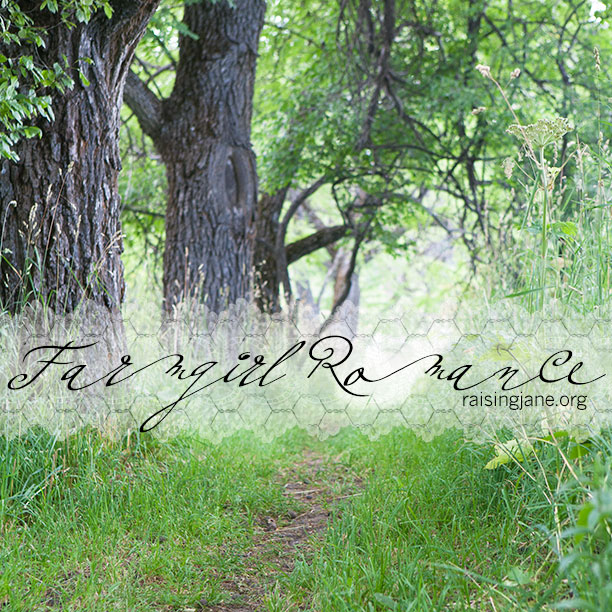

















































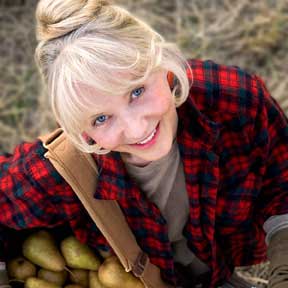
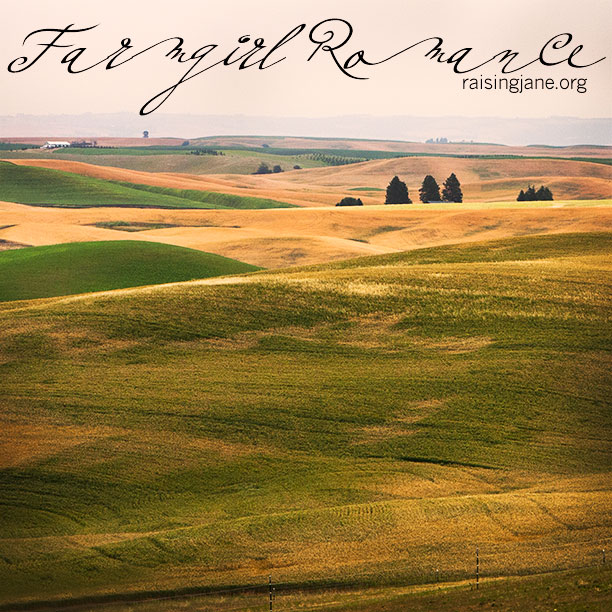

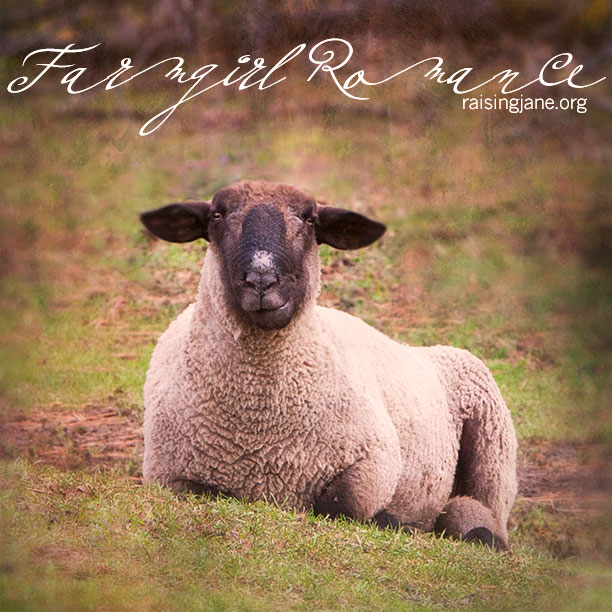

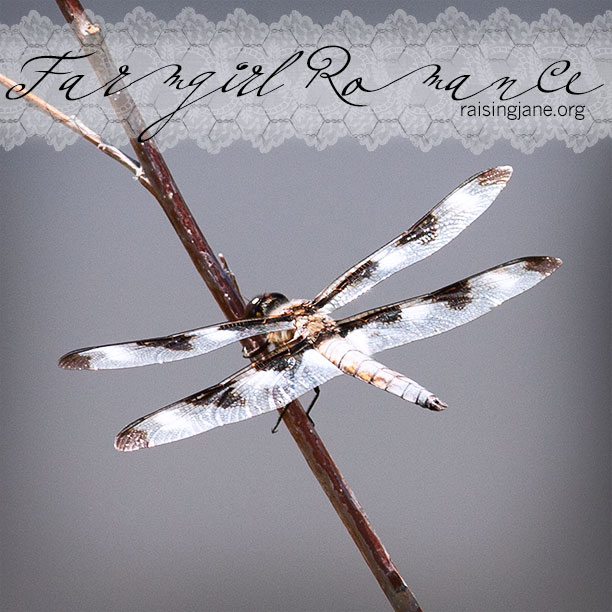



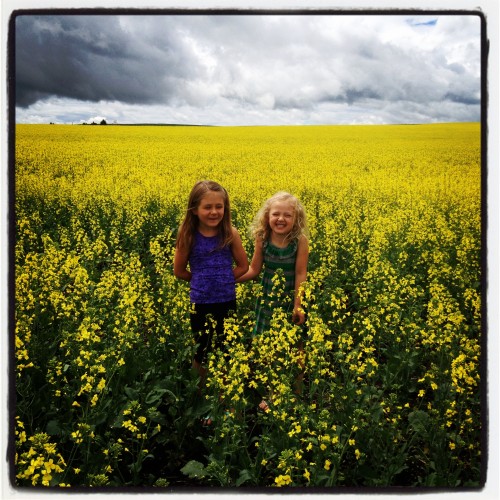
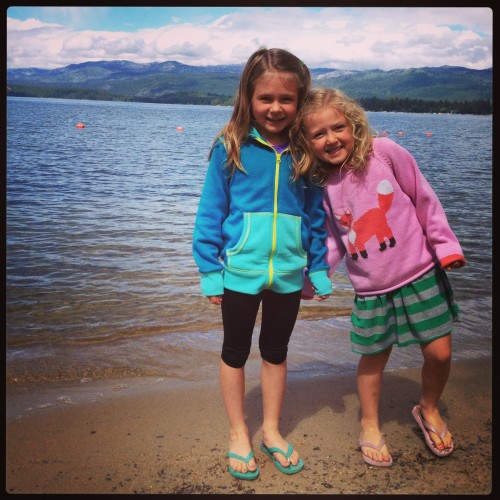
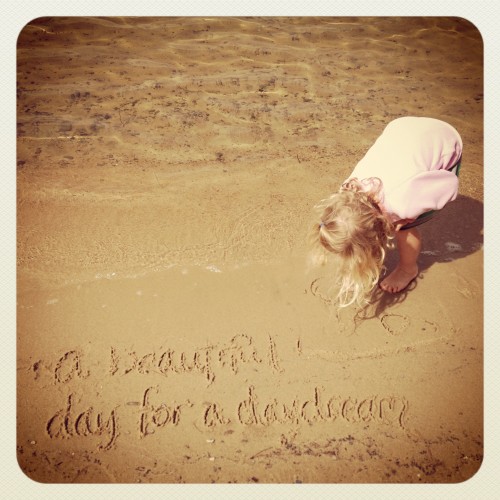


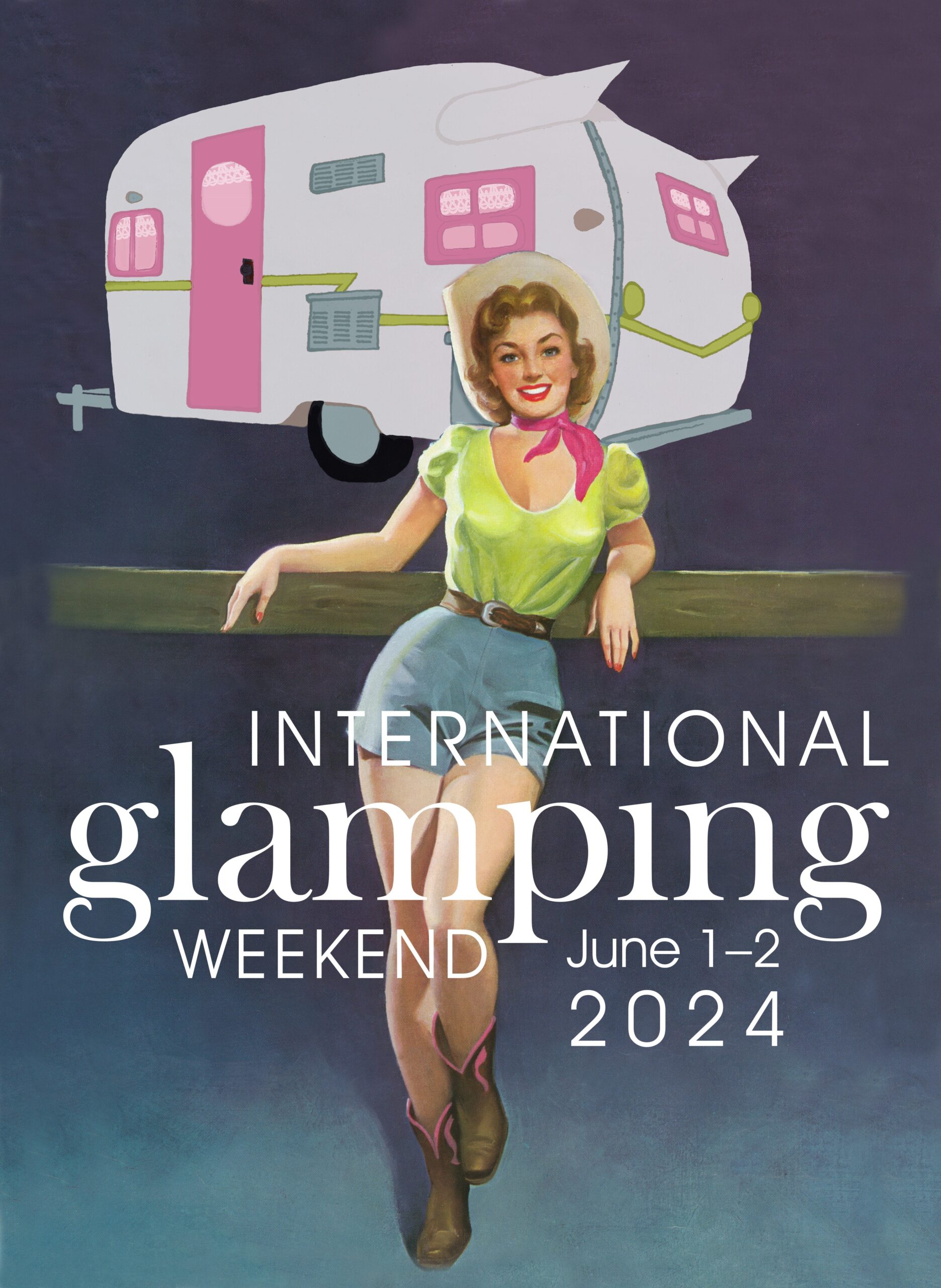


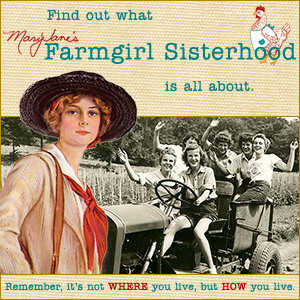

This reminds me of an illustration for a storybook. Trees are so beautiful and these two “feel ” like friends.
We were on this Eco tour today in Portland and went to the coast. At one of the park areas along the shore, there was an old forest located a short hike down one of the trails. It was full of old growth trees that were magnificent . The whole area was cool and filled with lots of ferns , moss, and a variety of trees. One of the participants said that she recently heard on NPR Science Friday that research is showing a strong suggestion that trees actually send out nutrients to other trees of the same family in the forest. Isn’t that amazing?? Trees sharing what they could so that others could be strong too? Have you heard this? We always say trees give hugs and protect us but to imagine that there is a connectivity between like species within a big forest is incredible! Tree families helping each other. This is one of the most hopeful things I have heard today!
That is cool. I know mushrooms have elaborate underground connectivity but hadn’t heard trees might also. Portland has so many neat things going on. Did you eat at one of the many food trucks that are everywhere in Portland?
Mushrooms too? Very cool! I saw a few unique looking mushrooms embedded in the moss. They were a deep purple with a few white spots on top. True fairy houses for sure!
We haven’t tried any of the food trucks as we have been gone during the day looking at the River Gorge and coastline. Maybe today when we get back from some big waterfall area.